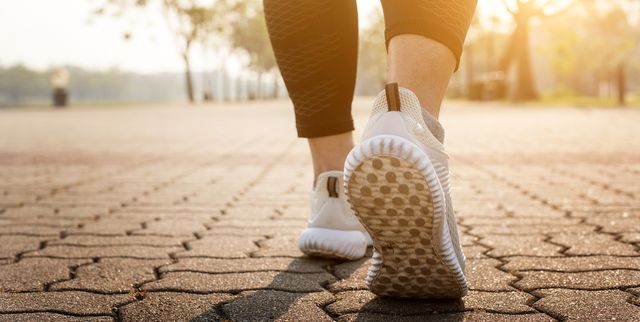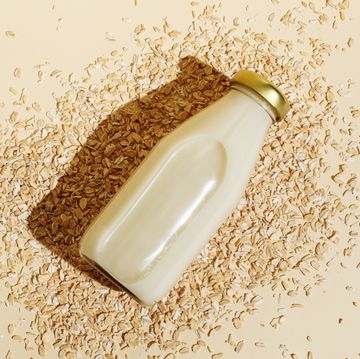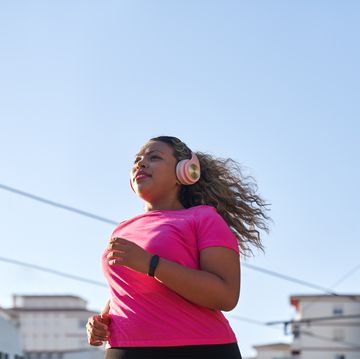9 Tips For When You’re Walking For Weight Loss
Are you getting enough steps in?
Sure, running, HIIT classes, and extra-sweaty cycling sessions are pretty much known for helping you scorch calories and drop pounds...but honestly, can a girl ever just slow TF down and still lose weight?
Yup—turns out, walking a can definitely help you with your weight-loss goals. “It is important to have a mix of high-intensity and low-intensity workouts—like walking—for optimal and sustainable weight loss,” says Lindsey Corak, C.S.C.S., a Life Time Athletic trainer.
Walking can also drastically slash your stress levels, says Hannah Davis, C.S.C.S.—and having less stress in your life absolutely makes it easier for you to successfully drop pounds.
That said, there are some guidelines that will make walking for weight loss a hell of a lot more effective:
Watch Next


Here’s Exactly What To Eat On The Slow-Carb Diet

What Are The Signs Of A 'Hormonal Belly'?

30 Healthy Snacks That Can Help You Lose Weight

Here’s What To Eat On The Mediterranean Diet Plan

















